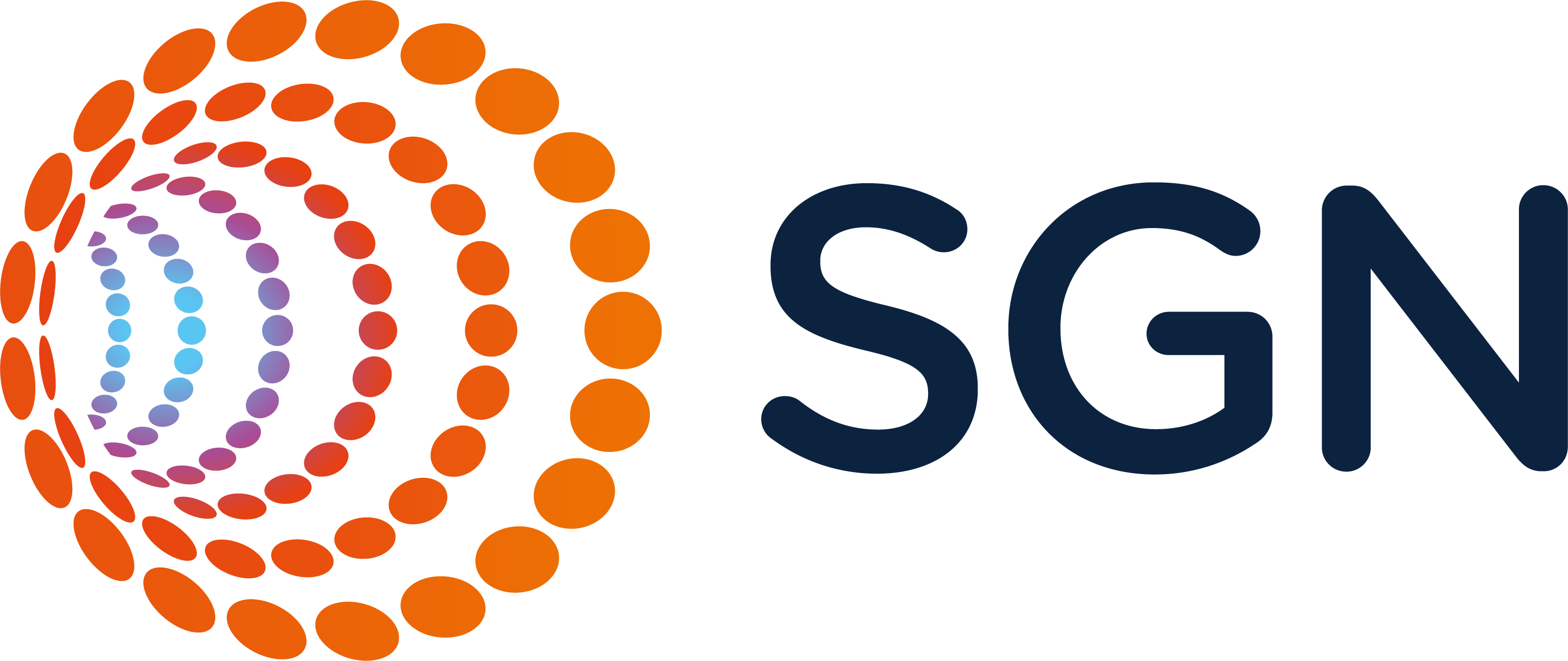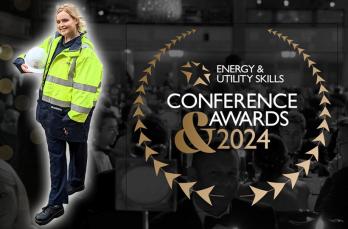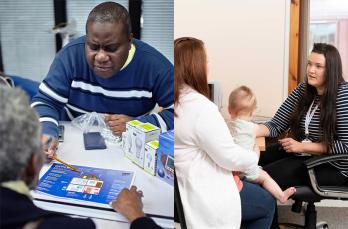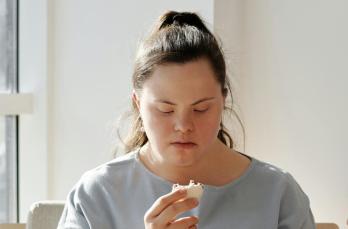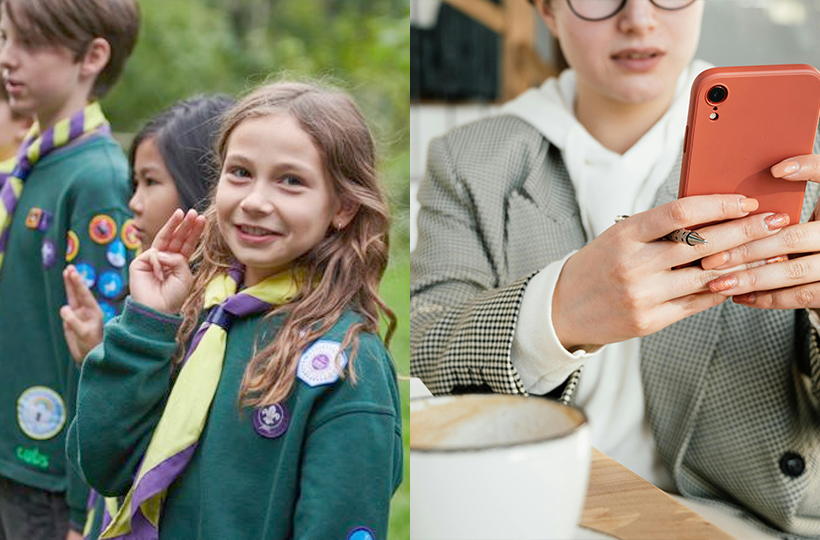
Our work to help vulnerable customers stay safe and warm has been detailed in our recently published Vulnerability and Carbon Monoxide Allowance (VCMA) annual report.
Dan Edwards, Social Impact Programme Lead and Chair of the Gas Distribution Networks (GDN) Carbon Monoxide Working Group, talks about how we’re working with partners to educate young people about the dangers of carbon monoxide (CO).
Collaboration is key to reducing CO harm in our communities. We’re proud to continue chairing the Gas Distribution Networks (GDN) Carbon Monoxide Working Group, bringing together our gas network peers with key stakeholders such as Gas Safe Register, Policy Connect and Project Shout Fire Angel.
While a key responsibility of the working group is to oversee joint-GDN carbon monoxide awareness programmes funded by the VCMA, the group’s remit goes well beyond that. As chair, we steer the group in facilitating the strategic national CO awareness programme, as well as research, innovation activities and national partnerships. This joined up approach between gas networks and wider industry enables us to increase the reach of our CO awareness-raising efforts and their impact.
In recent years, we’ve taken great strides in making sure our CO awareness and protection activities are inclusive and accessible. We’ve increased our translated CO resources from five languages last year to 11 this year and we’ve more than doubled the reach with our CO safety resources compared to last year – sharing life-saving information with more than 108,000 households.
We’re also developing new tools for frontline workers to easily access CO safety information. Together with our existing CO training partner Gas Safe Charity, we’re leading a new programme that brings together all the gas networks to develop an app that helps frontline workers in the community quickly access information on their smartphone to help them raise awareness of CO safety with their clients and know what to do should they suspect CO poisoning.
This year, we’ve amplified our support for programmes that raise CO awareness among young people. Not only are young people one of the groups most at risk, but they are also a group with the biggest potential to become ambassadors for CO safety as they increase CO awareness within their families.
We’ve led a joint-GDN partnership with the Scouts since August 2021 and we’re delighted with how that partnership has continued to grow, not just to extend the existing scope until 2026 but to also introduce safe ways to be energy efficient and save money.
Introducing CO awareness at a young age instils responsibility and recognition of potential harms that is carried through to later life. As they mature from children to young adults, they’re exposed to new factors that can influence their behaviour, from camping with their friends to living in shared accommodation, and they need to be made aware of the new risks they’re facing. To do this, we’re working with Egnida to gamify the learning experience with augmented reality activities.
Case study: Scouts
A programme of ten CO awareness activities has been established across Beaver, Cub, Scout and Explorer sections, reaching 48,445 young people in SGN regions and almost 179,000 overall across Britain. These range from camping recipes with CO safety messaging embedded into the activity through to a roleplay mystery game called ‘The Undetected Danger’.
Working with Gas Safe Charity, we were able to develop and roll out a package tailored for Scouting leaders and adult volunteers, empowering them to confidently deliver CO activities.
Due to the success of our project and a shared ambition with Scouts to educate on energy efficiency, we’re expanding the scope of our partnership beyond CO awareness to incorporate energy efficiency activities into our programme. The learning already established from our current programme will inform this expansion, as well as insights from other projects that incorporate energy efficiency activities for young people.
Hilary Bath, Programme Director at Gas Safe Charity, said: “The Gas Safe Charity’s Think CO Programme is delighted to have worked closely with SGN over the last year. By introducing their wide range of partners to our free carbon monoxide awareness training, we are achieving our mutual goal of making more people aware of CO risks.”
Case study: Egnida
To address this, the four GDNs have joined together to partner with technical consultancy Egnida on a collaborative awareness-raising campaign using augmented reality to target university students. We aim to reach at least 20,000 students through this innovative campaign, creatively designed to engage and educate this harder to engage demographic.
We’re developing bespoke drinks coasters that will be distributed to identified campus coffee shops at four universities across the UK, one for each GDN, which will provide access to an augmented reality CO safety activity with a unique incentive scheme. By placing the coasters in coffee shops, we’ve chosen a location where there are minimal other demands on the students’ time. Not only does this give the students more time to absorb the potentially life-saving information, but it also increases the likelihood of take-up.
The activity storyboard has been developed and we’re working closely with Egnida to design the 3D elements that will make up the augmented reality model, with the aim being to roll out just after Freshers Week 2024.
Find out about more of our partnerships in our VCMA Annual Report 2024 here.
